By: Dr. Elizabeth Eggert
For over a year now, with the COVID-19 pandemic, many people have been nervous about going out in public and maybe have even been choosing to put off routine dental care. At Eggert Family Dentistry, we now have had nearly a year to refine our infection control practices, specifically as they relate to COVID-19. We are happy to report that our abundance of precautions have been paying off to make your experience in our office extremely comfortable and safe.
It’s especially important to us to maintain an environment where our patients feel at-ease. While we have seen a vast majority of you this last year, we wanted to share the latest links between COVID-19 and your dental health and urge those of you we haven’t seen back yet to give us a call today! We know now that recent studies show a connection between oral health and COVID-19 complications. Let’s take a closer look.
The link between periodontitis and respiratory conditions
Periodontitis, or gum disease, is a gum infection resulting from poor oral hygiene that causes bacteria to build up under the gums. Periodontitis is commonly linked to tooth loss as well as severe conditions such as cardiovascular disease and certain respiratory conditions.
Findings from the CDA Journal (California Dental Association)
One primary COVID-19 complication is respiratory distress which often leads to pneumonia.
Because periodontitis is linked to respiratory conditions, researchers have been exploring the possible link between periodontitis and COVID-19-related respiratory complications.
In an October 2020 journal article, one study found that, when oral bacteria is aspirated into the lungs, it can increase the risk of pneumonia, COPD and COVID-19-related respiratory complications.
The study states, “Successful control of periodontal inflammation can be beneficial to the lungs, possibly decreasing severity and risk of COVID-19 respiratory problems.”
Findings from the British Dental Journal
A team of British researchers suspected that there is a connection between COVID-19 infection and a person’s bacterial load. In a June 2020 study, they explored the connection between a high oral bacterial load and COVID-19 pulmonary complications.
They also wanted to find out if putting a greater emphasis on an individual’s oral health could reduce ensuing CoV-2 complications.
This research team concluded that good oral hygiene is especially effective in preventing airway infections in seniors. Additionally, people with periodontal disease are at a much greater risk for heart disease, diabetes and high blood pressure, all of which contribute to severe COVID-19 side effects.
“Oral hygiene [should] be maintained, if not improved, during a SARS-CoV-2 infection in order to reduce the bacterial load in the mouth and the potential risk of bacterial superinfection.”
The ADA addresses the oral health and COVID-19 connection
In a February 12, 2021 article on the ADA website, they reference a study from the Journal of Clinical Periodontology that concludes that people with severe gum disease are at an increased risk for severe COVID-19 complications.
Indeed, there is mounting evidence to suggest that good oral health helps protect people against some of the severe effects of COVID-19.




 One of the biggest perks of
One of the biggest perks of 
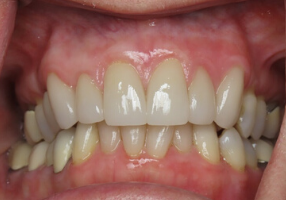 A
A 
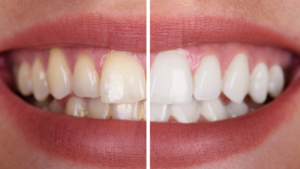 Teeth whitening: Over time, teeth become stained from certain foods, beverages, medications and smoking. Eggert Family Dentistry has many great options to help restore your pearly whites. We provide professional-grade strips and whitening trays that are more effective and gentler on your teeth and gums than their over-the-counter counterparts. Dr. Elizabeth and Dr. Jeff also offer the Zoom and
Teeth whitening: Over time, teeth become stained from certain foods, beverages, medications and smoking. Eggert Family Dentistry has many great options to help restore your pearly whites. We provide professional-grade strips and whitening trays that are more effective and gentler on your teeth and gums than their over-the-counter counterparts. Dr. Elizabeth and Dr. Jeff also offer the Zoom and 
 Tooth replacement: Losing permanent teeth can happen from trauma to the jaw, from gum disease or from tooth decay. Regardless, it can be an awkward situation and one that most people want to remedy as quickly as possible. If you’re dealing with missing permanent teeth, you have some excellent options. These options include dental implants, bridges, partial dentures or full dentures.
Tooth replacement: Losing permanent teeth can happen from trauma to the jaw, from gum disease or from tooth decay. Regardless, it can be an awkward situation and one that most people want to remedy as quickly as possible. If you’re dealing with missing permanent teeth, you have some excellent options. These options include dental implants, bridges, partial dentures or full dentures.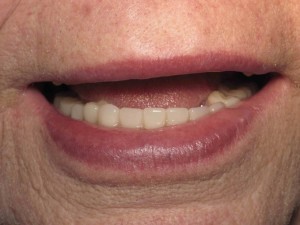 Full Dentures: Full dentures are full sets of upper and/or lower artificial teeth that are suctioned into place and removable for cleaning. While they can take some getting used to, they start to feel more normal over time. Full dentures will eventually become loose as bone mass degrades.
Full Dentures: Full dentures are full sets of upper and/or lower artificial teeth that are suctioned into place and removable for cleaning. While they can take some getting used to, they start to feel more normal over time. Full dentures will eventually become loose as bone mass degrades.
 It’s not disputed that whiter teeth lend themselves to a more attractive smile. Statistically,
It’s not disputed that whiter teeth lend themselves to a more attractive smile. Statistically,  Avoid foods and beverages that stain teeth:
Avoid foods and beverages that stain teeth: 
 Practice daily dental care: The single best way to prevent tooth discoloration is by brushing and flossing faithfully each day. Brush in the morning and evening (more often if you eat sugary, acidic, or highly pigmented foods) and floss at least once a day. Additionally, you can incorporate a daily swish of fluoride mouthwash to cleanse your mouth from residual food particles and bacteria and keep enamel strong.
Practice daily dental care: The single best way to prevent tooth discoloration is by brushing and flossing faithfully each day. Brush in the morning and evening (more often if you eat sugary, acidic, or highly pigmented foods) and floss at least once a day. Additionally, you can incorporate a daily swish of fluoride mouthwash to cleanse your mouth from residual food particles and bacteria and keep enamel strong. Zoom Whitening: Another popular option we offer at Eggert Family Dentistry is
Zoom Whitening: Another popular option we offer at Eggert Family Dentistry is 
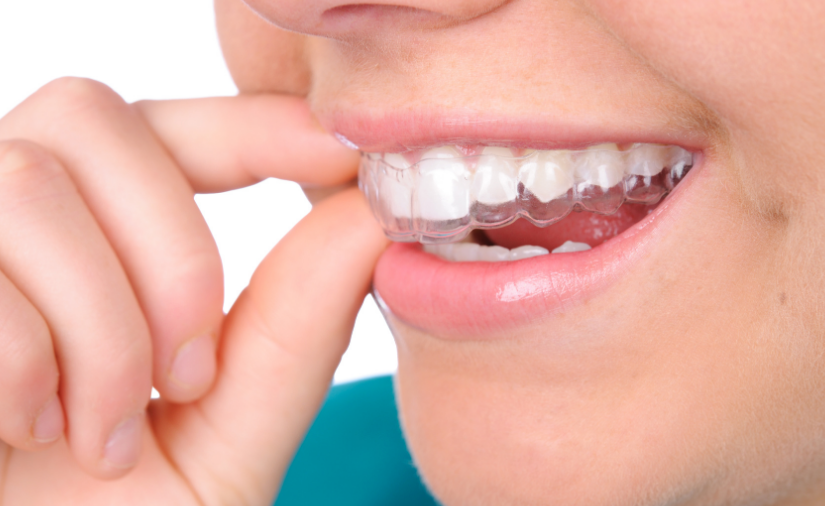
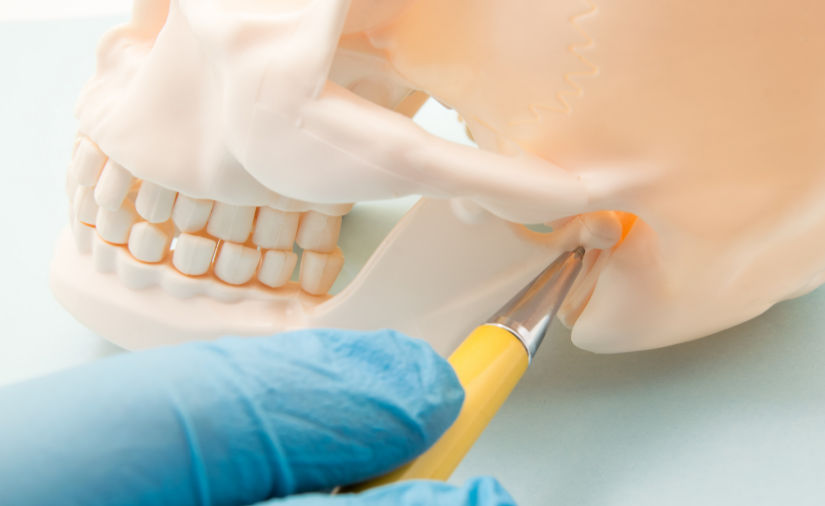
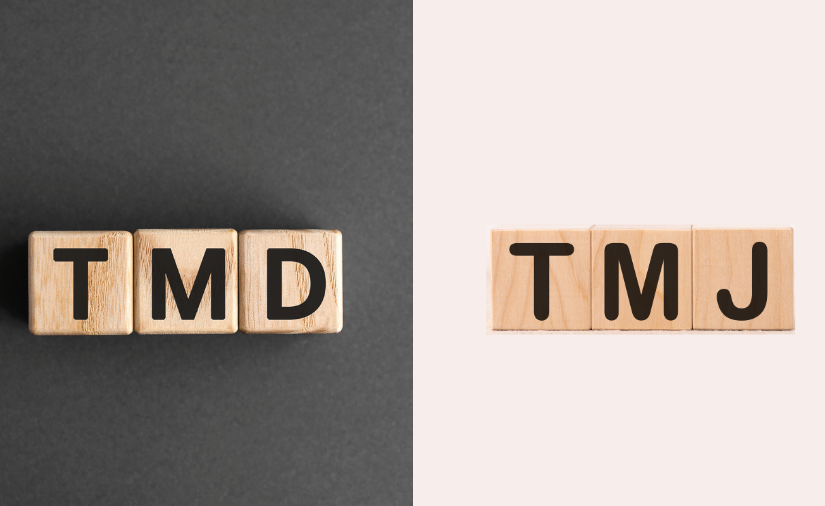


 “I enjoy working at Eggert Family Dentistry because we have a fun working atmosphere. Dr. Elizabeth and Dr. Jeff care for their patients and provide the best dental care for them.”
“I enjoy working at Eggert Family Dentistry because we have a fun working atmosphere. Dr. Elizabeth and Dr. Jeff care for their patients and provide the best dental care for them.” “I continue to love this profession! The quality of care I have had the privilege to provide over the years has been a direct reflection on those I have served. Meeting patients’ needs through listening, hands-on care and education has been so fulfilling. Our patients are the reason we do what we do.”
“I continue to love this profession! The quality of care I have had the privilege to provide over the years has been a direct reflection on those I have served. Meeting patients’ needs through listening, hands-on care and education has been so fulfilling. Our patients are the reason we do what we do.” “It is a pleasure to be part of the Eggert Family Dentistry team! We strive to make each visit a pleasant experience and to create a trusting relationship with each patient. I enjoy being part of a team that provides attentive care and top-notch education to help our patients maintain optimal health using the latest technology.”
“It is a pleasure to be part of the Eggert Family Dentistry team! We strive to make each visit a pleasant experience and to create a trusting relationship with each patient. I enjoy being part of a team that provides attentive care and top-notch education to help our patients maintain optimal health using the latest technology.” “At Eggert Family Dentistry, our entire team strives to make every patient our number one priority. We provide exceptional, personalized care in a small office setting. I enjoy working with Dr. Elizabeth and Dr. Jeff and contributing to the overall patient experience.”
“At Eggert Family Dentistry, our entire team strives to make every patient our number one priority. We provide exceptional, personalized care in a small office setting. I enjoy working with Dr. Elizabeth and Dr. Jeff and contributing to the overall patient experience.”